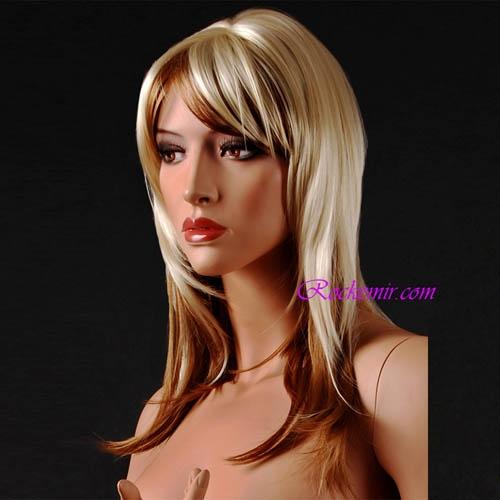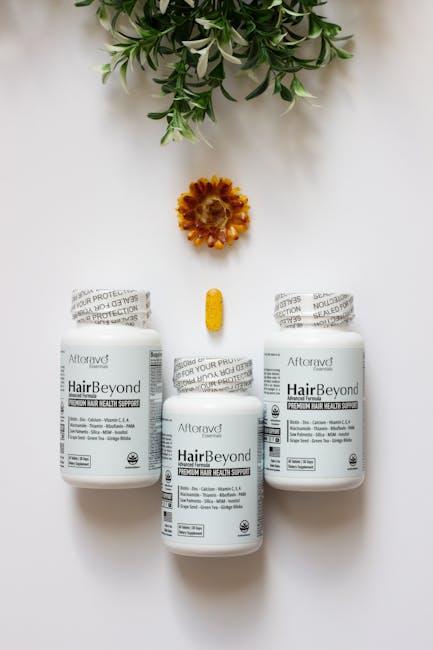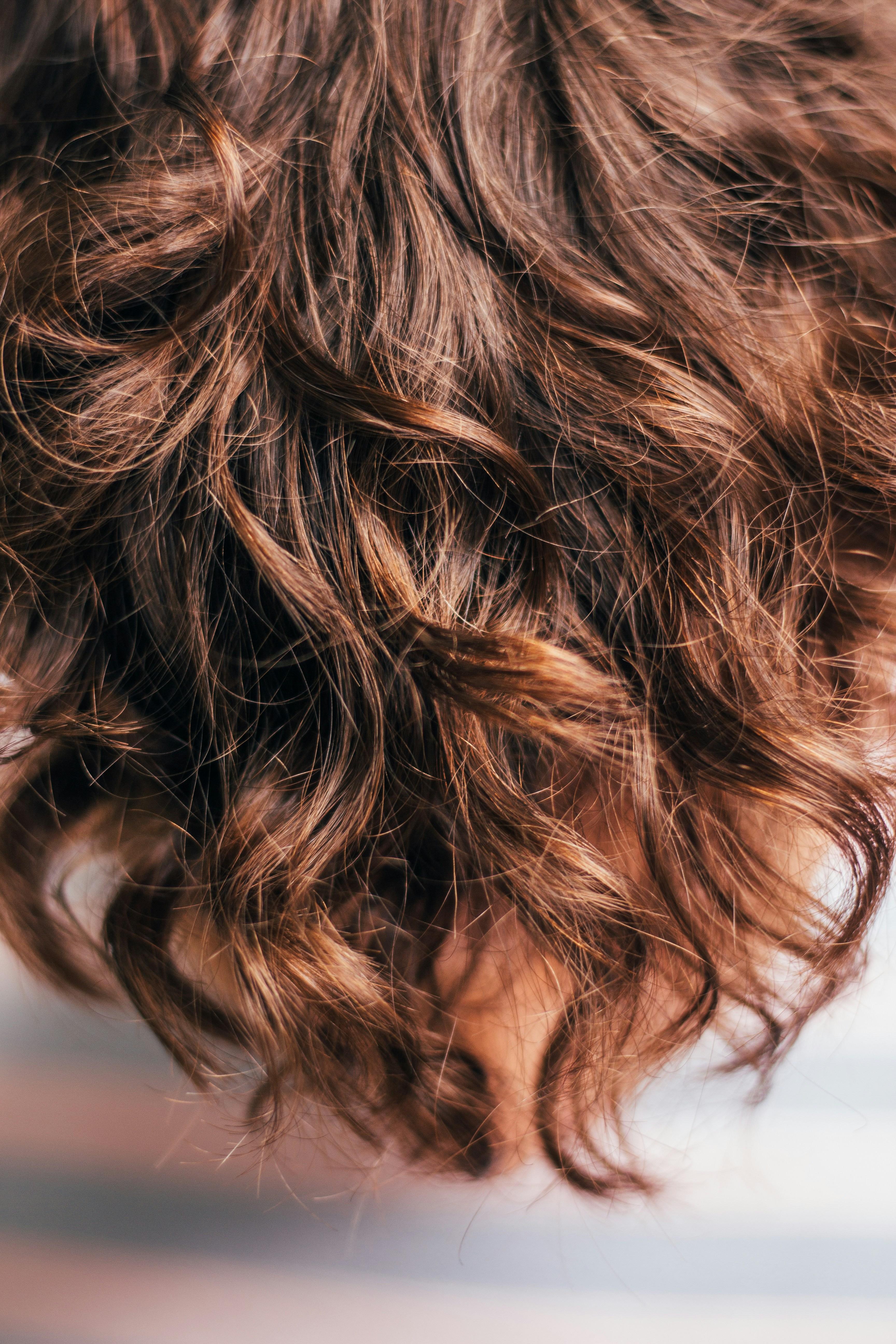Is Dyeing Hair Regularly Causing Long-Term Damage
In a world where personal expression often takes center stage, hair dyeing has become a vibrant canvas for many. From subtle highlights to bold, statement-making colors, the allure of transforming one’s locks is undeniable. Yet, beneath the kaleidoscope of hues lies a question that many have pondered: Is the frequent application of hair dye quietly orchestrating a symphony of long-term damage? As we delve into the chemistry behind these colorful concoctions and explore the experiences of those who regularly embrace change, we seek to uncover the truth hidden in the strands. Join us on this exploratory journey, where science meets style, to unravel the mystery of whether the pursuit of beauty comes at a hidden cost.
Understanding the Science Behind Hair Dye
The allure of changing one’s hair color is often irresistible, but what happens at the molecular level during this transformation? Hair dye works by opening the hair cuticle to allow color molecules to penetrate and deposit new pigment. This process is facilitated by a mixture of chemicals that can include ammonia, hydrogen peroxide, and various dyes, which work together to alter the hair’s natural shade. However, the repeated use of these chemicals can lead to changes in the hair’s structure over time, potentially resulting in weakened strands.
- Ammonia: Opens the hair cuticle, allowing color to enter.
- Hydrogen Peroxide: Lightens the natural pigment, creating a blank canvas for the new color.
- Dye Molecules: Deposit the new color into the hair shaft.
While the immediate effects of coloring might be visually stunning, understanding the long-term impact requires acknowledging the cumulative effect of these processes. Regular dyeing can lead to loss of natural oils and proteins, making hair more prone to breakage and dullness. Thus, it becomes essential to balance the desire for vibrant color with the need for healthy hair maintenance practices.

Exploring the Long-Term Effects of Regular Hair Dyeing
For many, changing hair color is a delightful form of self-expression, but it’s important to understand the potential long-term effects of regular dyeing. One of the primary concerns is the health of the hair shaft. Over time, repeated exposure to chemicals found in hair dyes, such as ammonia and hydrogen peroxide, can lead to the weakening of the hair structure. This might result in increased brittleness, breakage, and split ends. Furthermore, frequent dyeing can strip away the natural oils that protect and nourish the hair, potentially causing dryness and loss of luster.
- Scalp Health: Persistent use of hair dyes can irritate the scalp, leading to conditions like dryness, itching, and even allergic reactions in some cases.
- Color Fading: Regular dyeing may result in faster color fading, requiring more frequent touch-ups, which perpetuates the cycle of chemical exposure.
- Potential Allergies: Some individuals might develop sensitivities to certain ingredients over time, making it crucial to perform patch tests before each application.
While many modern hair dyes are formulated with nourishing agents to mitigate damage, it’s advisable to use them judiciously. Incorporating protective measures such as using sulfate-free shampoos, deep conditioning treatments, and minimizing heat styling can help maintain hair health amidst regular dyeing.

Expert Insights on Maintaining Healthy Hair
While the allure of vibrant hair colors is undeniable, it’s essential to consider the potential long-term effects of regular dyeing. Experts in trichology suggest that frequent exposure to chemical dyes can lead to various issues, including:
- Hair Fragility: Repeated use of dyes can weaken the hair shaft, making it more susceptible to breakage.
- Moisture Loss: Chemical processes often strip the hair of its natural oils, resulting in dryness and brittleness.
- Scalp Sensitivity: Over time, the scalp can become irritated or sensitive due to continuous exposure to harsh chemicals.
To mitigate these effects, experts recommend adopting protective measures, such as using color-safe shampoos, incorporating deep-conditioning treatments, and allowing time between dyeing sessions to let the hair recover. This approach not only helps maintain hair health but also ensures that your color remains vibrant and lustrous.

Recommendations for Safe and Sustainable Hair Coloring Practices
Embracing vibrant hues while maintaining healthy locks is possible with a few mindful practices. Start by opting for ammonia-free or low-ammonia hair dyes, which are gentler on the hair shaft and scalp. Look for products that incorporate natural ingredients, such as henna or plant-based dyes, to minimize chemical exposure. These alternatives not only reduce the risk of damage but also offer a more sustainable option for those conscious of their environmental impact.
Incorporating a robust hair care routine can significantly mitigate potential damage. Consider the following practices:
- Deep conditioning treatments: Use nourishing masks or oils regularly to replenish moisture and strengthen hair.
- Limit heat styling: Minimize the use of hot tools, which can exacerbate damage, and always apply a heat protectant when styling.
- Frequent trims: Regular haircuts help prevent split ends and maintain the overall health of your hair.
By adopting these strategies, you can enjoy the freedom of self-expression through hair color without compromising on safety or sustainability.
Key Takeaways
As we conclude our exploration into the colorful world of hair dyeing, it becomes clear that the decision to transform one’s locks is as personal as the shades we choose. While science continues to unravel the mysteries of hair health, it remains crucial for individuals to weigh the allure of vibrant hues against potential long-term effects. Just as a painter selects their palette with care, so too should we approach hair dyeing with informed consideration and mindful choices. Whether you choose to embrace your natural color or indulge in the art of transformation, let your hair journey be one of balance and self-expression. After all, each strand tells a story—let yours be one of health and happiness.


